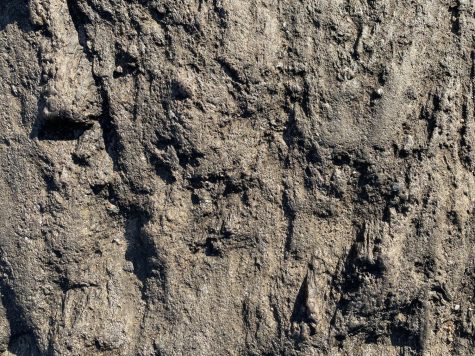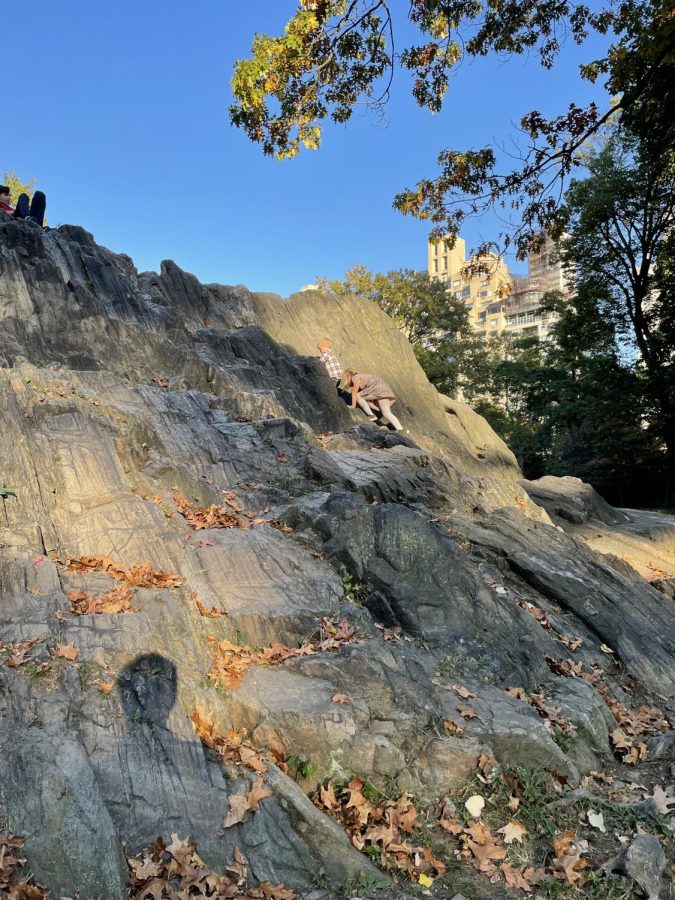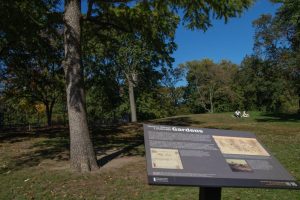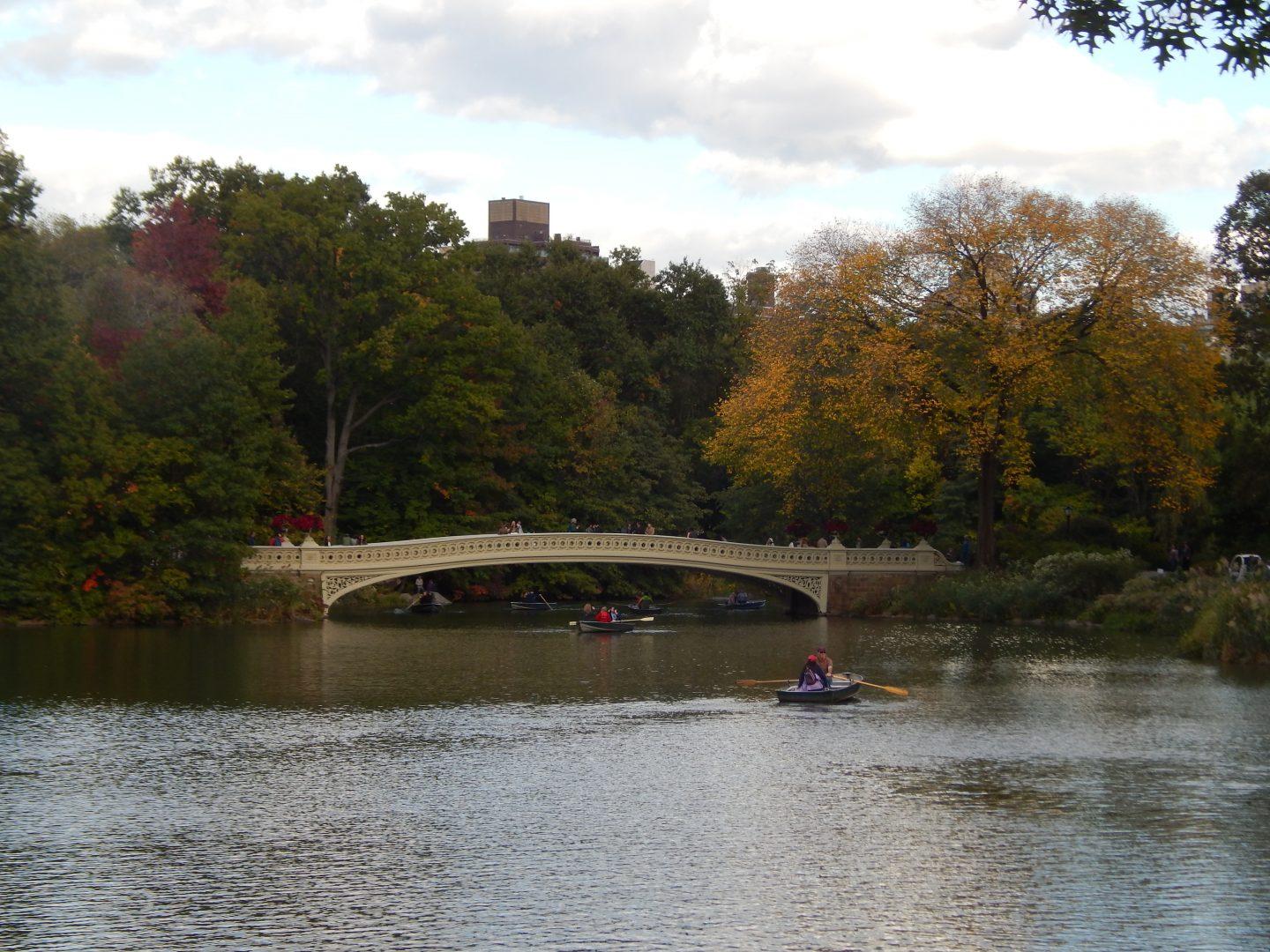New York Rock Exchange: Understanding the Geological Variations of Central Park
Rock formations dating back to 400 million years ago display evidence of frozen-over glaciers and other geological activity in the park
The large rock formations allow for visitors to picnic, lounge and catch views of the Manhattan skyline.
October 28, 2022
Central Park is full of green space with its towering trees, verdant bushes and groves. However, there is more than what meets the eye as the park is home to frozen-over glaciers and numerous other rock formations; many of which were reshaped by glaciers and now serve various purposes for parkgoers.
The rock formations scattered throughout the six square miles of Central Park serve as locations for parkgoers to climb, explore, picnic and enjoy views of the surrounding scenery, including the Midtown skyline. They also act as physical bumps in the road, carving out the pathways that make up Central Park.
A Brief Geological History of New York
The geology of New York is underlain by a mosaic of different types of rocks formed over a long period of geologic time, dating back to nearly 460 million years ago. According to Guy Robinson, a natural science professor at Fordham College at Lincoln Center (FCLC), Central Park provides evidence of past geological activity.
“Central Park opens a window into the deep past of the northern hemisphere,” he said. “The landscape displays bedrock and boulders of rock formed deep in the earth by repeated collision then separation of ancient continents over the past billion years or so.”
More recently, much of North America was covered in large ice sheets. According to Kaori Tsukui-Shockey, a natural science professor at FCLC, the ice sheet movement can be very powerful and erode the underlying terrain while picking up rocks from where it passes. In the case of New York, the ice sheet over the region moved southeast, passing by and dropping debris.

Tsukui-Shockey said that rocks that have been incorporated into glaciers drop in large masses as the ice melts due to the warming climate.
This movement led to the formation of Long Island, which has a different geological makeup compared to the rest of New York and New Jersey. Long Island is made up of much younger rocks that were deposited and left behind by a melting and receding glacier around 12,000 years ago. On the other hand, in Manhattan, the “pre-existing rock” of the schist found in Central Park was predominantly sedimentary rocks and was made out of sediment deposited on a continental shelf over 460 million years ago. Around this time, a volcanic island arc formed off the coast of the ancestral North American continent and moved toward North America near the equator.
It was at this time around 460 million years ago that a volcanic island arc formed off the coast of the ancestral North American continent and moved toward North America near the equator. As the volcanic island moved closer to North America, the marine sediment that separated the two land masses in the ocean became compressed, folded and buried. The force of the collision sent some of the rock deeper down, and that is when the marine sediment became subjected to much higher temperatures and pressure creating metamorphic rock. Today, much of Manhattan is made up of this rock, which is dubbed Manhattan schist.

Manhattan Schist and Where To See It
Today, schist present throughout New York City and Central Park provides evidence of the glaciers that once existed in New York. One of the most prominent rock formations that shows the most evidence of glacial activity is Umpire Rock. Located on the Upper West Side near 63rd Street, the rocky outcrop is named after the surrounding ballfields.
Due to its proximity to Columbus Circle and the southern entrances of the park, Umpire Rock is a common spot for leisure and enjoyment, particularly on sunny days in the warmer months.
Due to its proximity to Columbus Circle and the southern entrances of the park, Umpire Rock is a common spot for leisure and enjoyment, particularly on sunny days in the warmer months. Visitors can stroll along the bottom of the rock, enjoy the open fields and climb to the top for views of the Midtown skyline. Moreover, the rock also features different traits that represent glacial activity. One of these is in the striations, or parallel groove marks embedded in the rock.
“Since the glacier moves generally in one direction, those groove marks tend to run parallel to each other and indicate the direction of the glacial movement,” Tsukui-Shockey said.
She also noted that the smooth and polished surfaces atop outcrops in the park are due to abrasion. According to Tsukui-Shockey, an ice sheet is polishing the rock underneath “like sandpaper.”
More evidence of glacial activity is found in the glacial erratics, large boulders carried and dropped off by glaciers. They may often be of a rock type not native to New York. While most of Central Park sits atop Manhattan schist, there are pieces of Inwood marble along the upper east portion of the park contributing to the hilly landscape and dotted outcrops of rock.

To the north of Umpire Rock near the ballfields are collections of glacial landforms called roche moutonnée, asymmetrical knobs that consist of a shorter and steeper face on one side and a longer and gentler slope on the other. The glacier usually flows in the direction of the steeper and shorter slope. By the asymmetrical profile of the landform, you can identify which it was flowing.
“It erodes the underlying rock as the upstream side of the knob becomes mostly worn away, creating a gentle and smooth surface,” Robinson said. “On the downstream side, it’s more steeply inclined.”
These rocks found throughout the park were formed hundreds of millions of years ago, and they serve as a reminder that geology plays a role in the appearance of the park and its surrounding areas. For a city as bright and modern as New York, it’s surprising to see that there’s evidence of the past at the heart of Central Park. There’s more to the stones that lie abound in the concrete jungle. Additionally, they are a reminder of the unique geological history of New York, which remains evident in the park’s rocks.
“A lot of the material left by the glacier might have been modified,” Robinson said. “The park has been designed to look natural very effectively, but the underlying rock formation has not been changed.”













